Flexion Friend
This PWA uses your device's camera and a machine learning model to detect knee angels
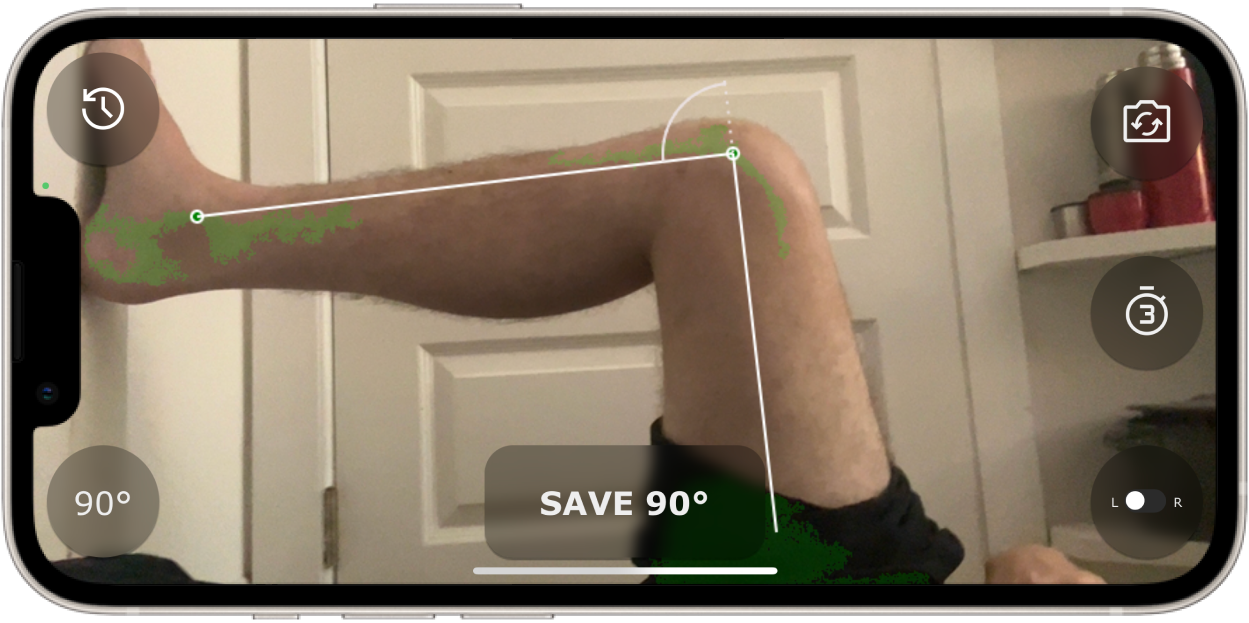
- PWA
- ML
- Knees
Music Flyer
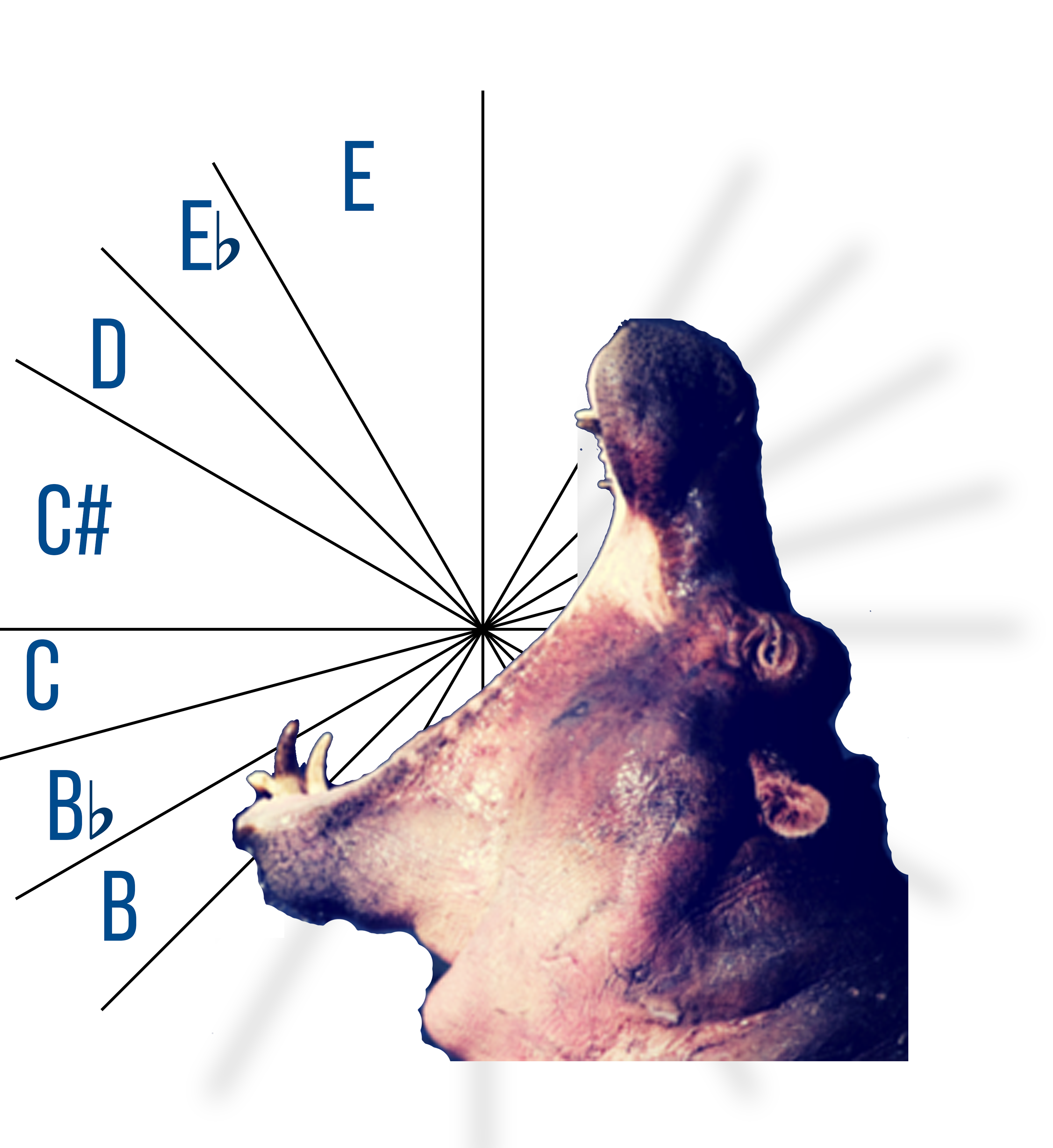
- MIDI
- Oculus
- Unity
- C#
Polyphonic Tuner
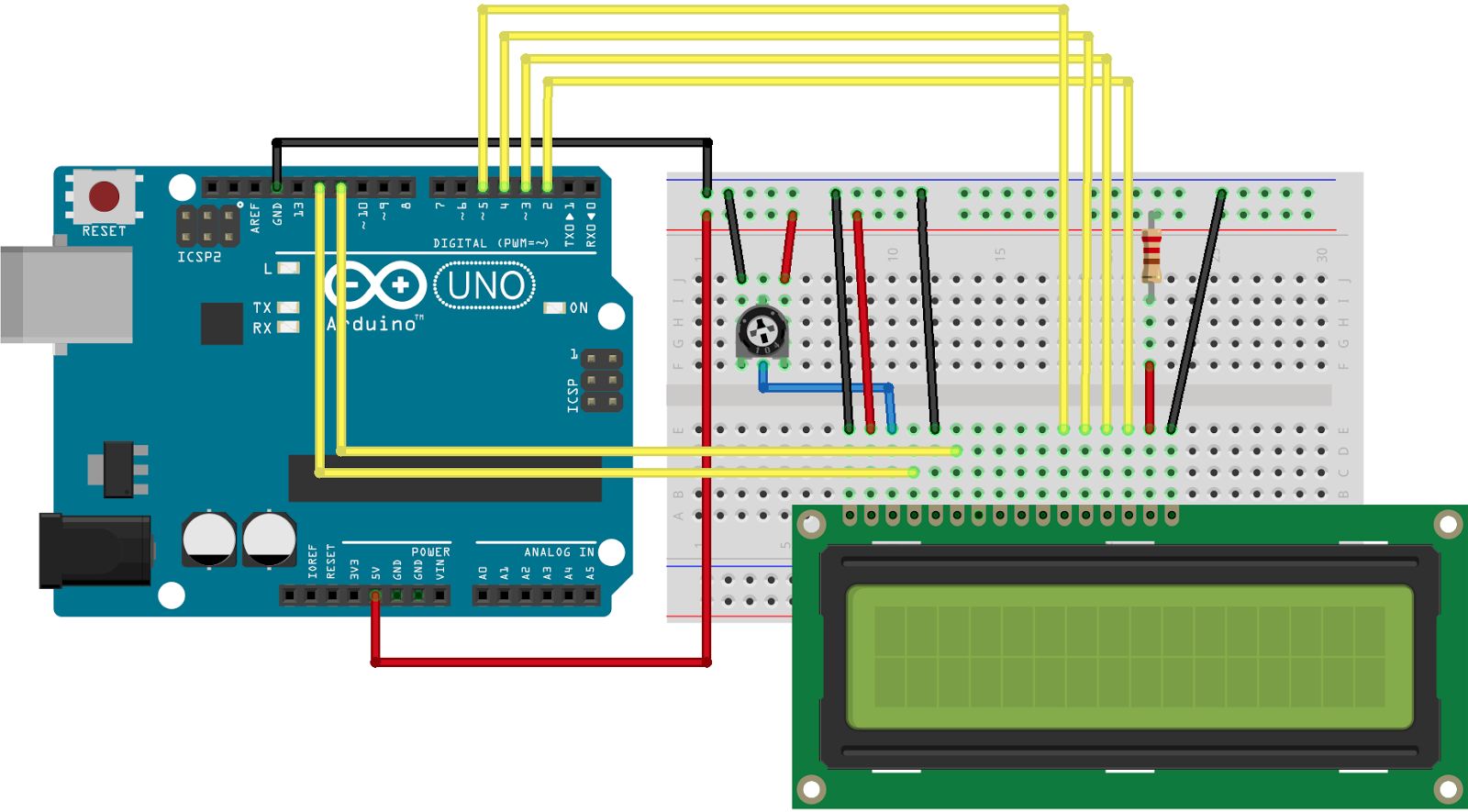
- MIDI
146 Lloyd
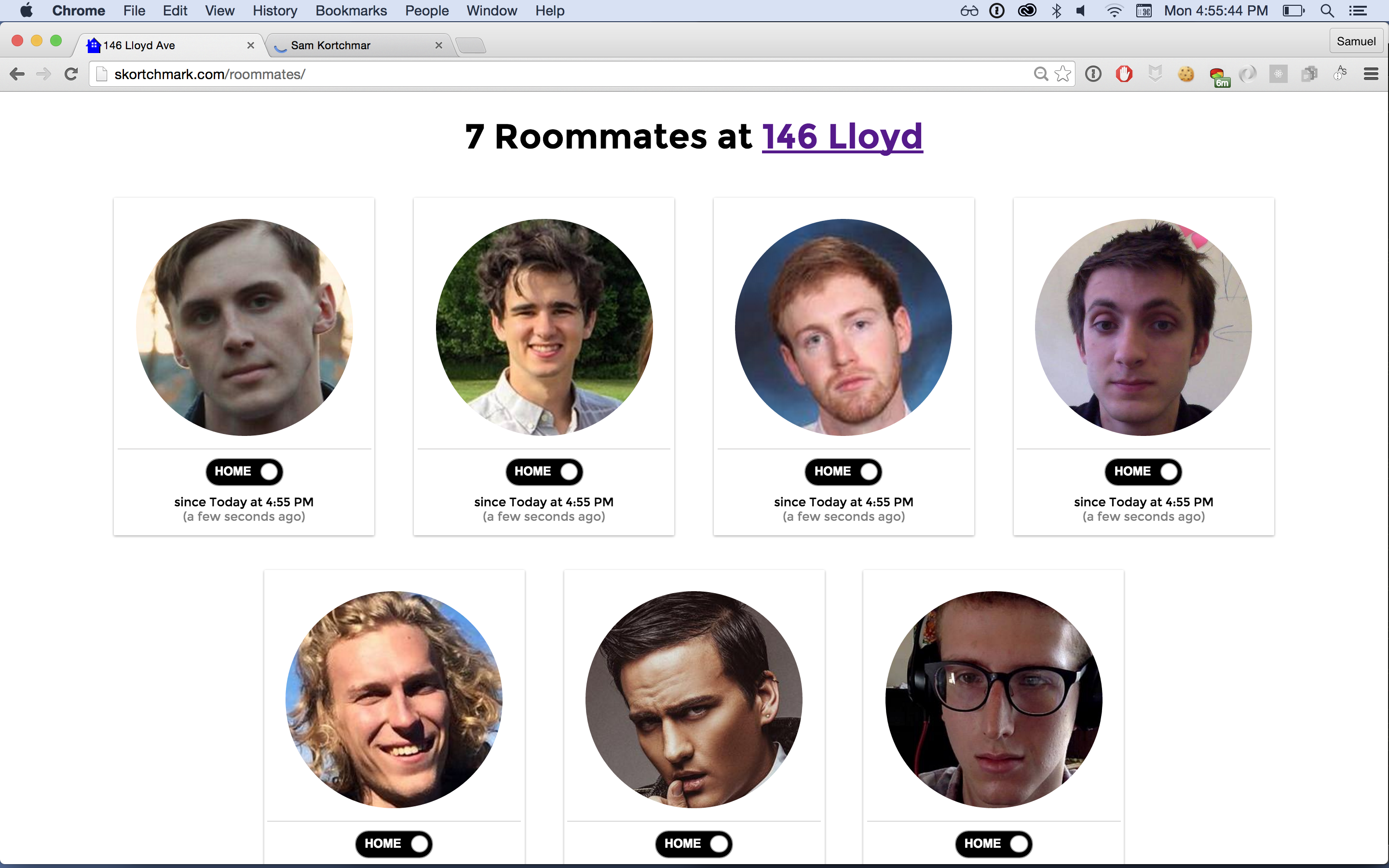
Hack At Brown Website 2016

- CommonJS
- SCSS
- Semantic UI
- Three.js
- Gulp
- React
- SQL
- Python WSGI
- Selenium
- GoogleAppEngine
Times Trailers
During my internship at the New York Times, I built a tool to generate videos and GIFs automatically from New York Times articles. The videos are intelligently generated, but we also built a fully-featured in-browser video editor to allow content producers to tweak them. We create the videos on the front end, and this makes the application as a whole very scalable.
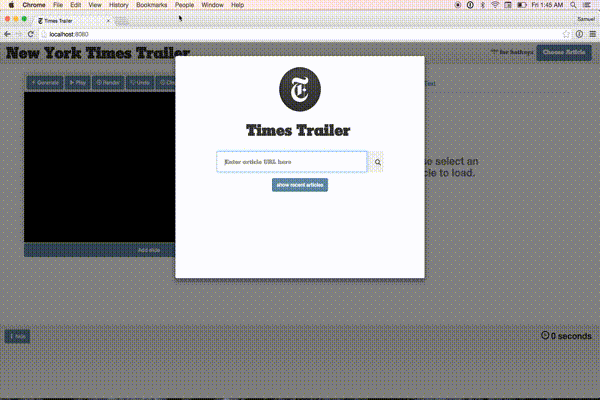
- AngularJS
- Node.js
- Busboy.js
- FFMPEG
- Bootstrap
- Fabric.js
Stop and Frisk NY
Using D3 and NYPD-issued stop-and-frisk data from the last 13 years, we built a classifier to display the probability of being stopped relative to an average New Yorker based on different demographic data. Then, we compared this against income and demographic data in different areas.
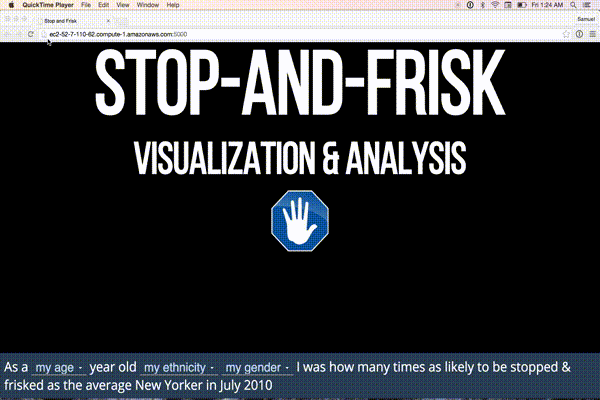
- D3.js
- Scikit-learn
- Flask
- jQuery
- SQL
Hack At Brown Website 2015
I am one of the most active members of the hackatbrown webdev team. Our website serves over 2200 applicants.
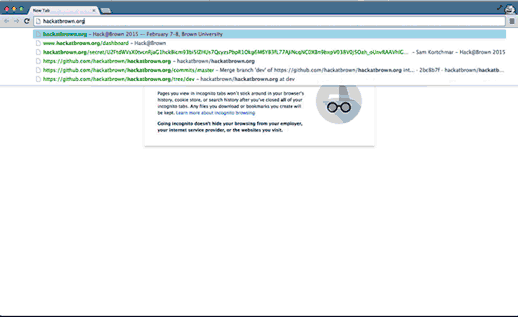
- AngularJS
- Semantic UI
- Socket.IO
- NDB
- Python WSGI
- Google App Engine
Maps
This project (Java) handles real-world map data and provides path information. You can pan around and click points on the map, or you can use the input fields to input cross-streets and find paths between them. It connects to a traffic server and dynamically updates clients with traffic information. The project is backed by a few interesting data structures.
- KD Tree - Handles the nodes in the map. It has a custom constructor which reduces construction time to k*nlogn. The KD Tree also allows us to specify the boundaries of the map.
- Radix Tree - Provides autocompletion results for each street. Faster and more efficient than a typical trie, it also creates suggestions based on levenshtein distance, possible whitespace errors, and bigram frequency.
- Binary Search File - A custom wrapper for Java's Random Access File - this class has numerous optimizations that allow for quick retrieval of information from the Random Access File with minimal system calls.
The project uses multiple threads to ensure that the frontend GUI remains responsive no matter what kind of requests are being made to the server.
- Java Swing
- Guava
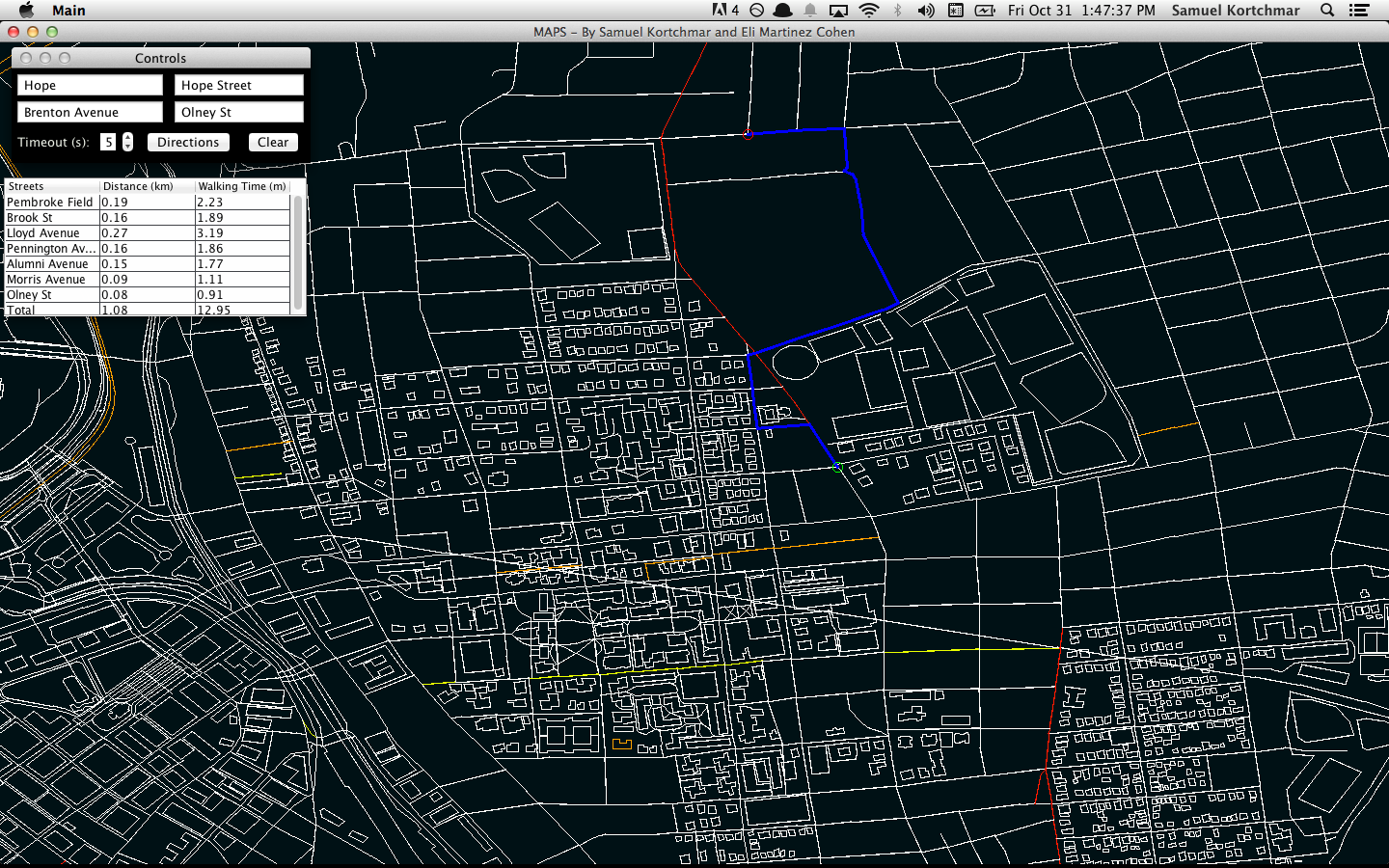
Audio Flashcards
One of my first projects, it had a pretty large feature set. Hosted on EC2, and with a java swing client app, The backend uses a lightweight H2 database for storing cards and their tags. It allows you to import cards in several ways. When you're finished, you can export the cards as an iTunes playlist or as MP3s to sync with your phone.
- Java
- Guava
- SQLite
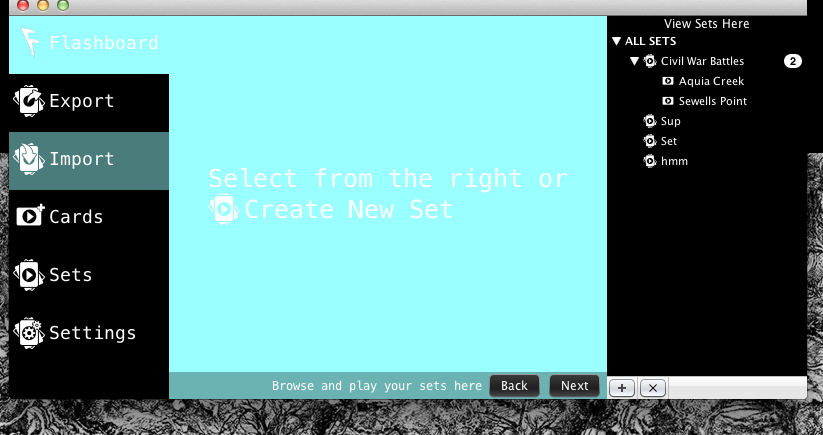
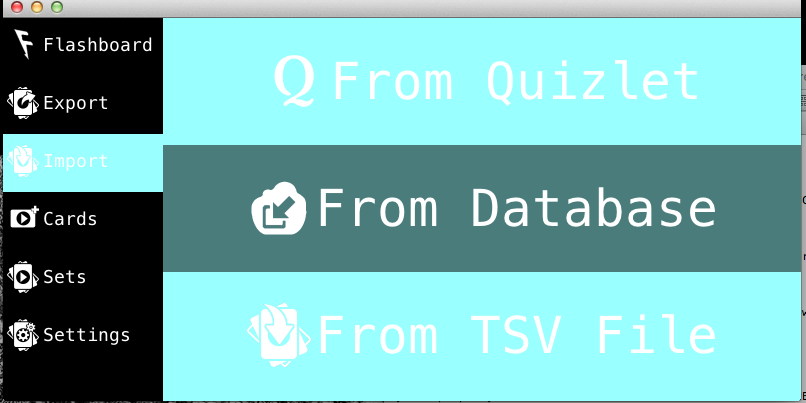
Cookie Monster / Galletine
Crowd-controlled cookie crushing. Websockets, Streaming Video, Intel Edison.
- Node.js
- Socket.IO
Lunch Date
This is a little app to help you pair off members of your team for lunch dates.
- AngularJS
- Node.js
- Bootstrap
- Mongo